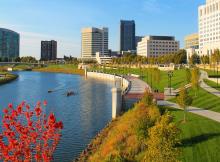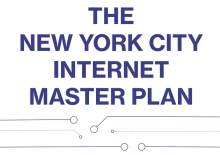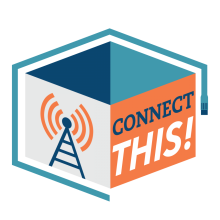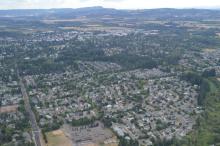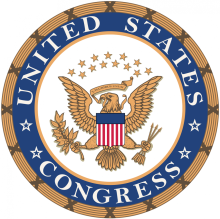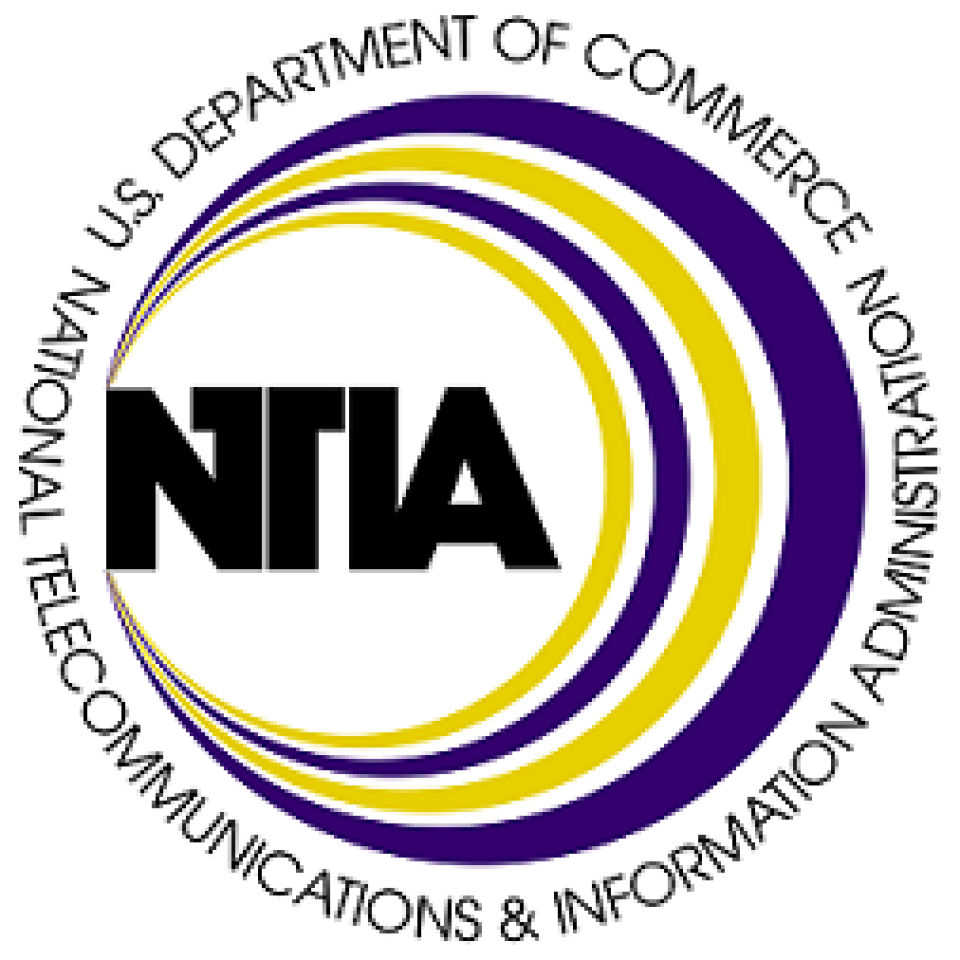Franklin County, Ohio Aims to Address Digital Equity in Urban Areas
Schools offer not only education, but nourishment, a place to form friendships and bonds, and a way to make sure youth are safe. When the pandemic hit, schools had to transition to distance learning and, as a result, many students disappeared because their family didn’t have access to or couldn’t afford a home Internet connection. It became immediately clear, all over the country, that a lack of broadband access and broadband affordability were no longer issues that could be ignored.
Many cities throughout the U.S. have been working over the last year to address this issue, but one city in particular - Columbus, Ohio - has been taking a holistic approach to broadband access.
The Franklin County Digital Equity Coalition was borne out of the emergency needs presented by the pandemic, but has shaped up to be a good model for how to address the broadband issues facing urban communities across the country.
After 11 months of meeting and planning, the coalition released a framework in March outlining its five pillars of focus: broadband affordability, device access, digital life skills and technical support, community response and collaboration, and advocacy for broadband funding and policy.
The coalition also developed two pilot programs to increase broadband access.
The first, which was a quickly deployed and desperately needed response to the lack of broadband access, was the Central Ohio Broadband Access Pilot Program. Launched in September 2020 in anticipation of the upcoming school year, it offered hotspot devices with unlimited data plans to central Ohio households with k-12 students. The program, while still growing, has been deployed with about 2,300 hotspots distributed so far with the help of PCs for People.
The second (the City of Columbus and Smart Columbus Pilot Projects) uses the city’s existing fiber backbone to bring affordable Internet service to the Near East and South Side neighborhoods in Columbus.
Both pilot programs are the result of nearly 30 organizations coming together to get affordable access to some of the city and county’s most vulnerable populations.
There’s Power in Numbers


